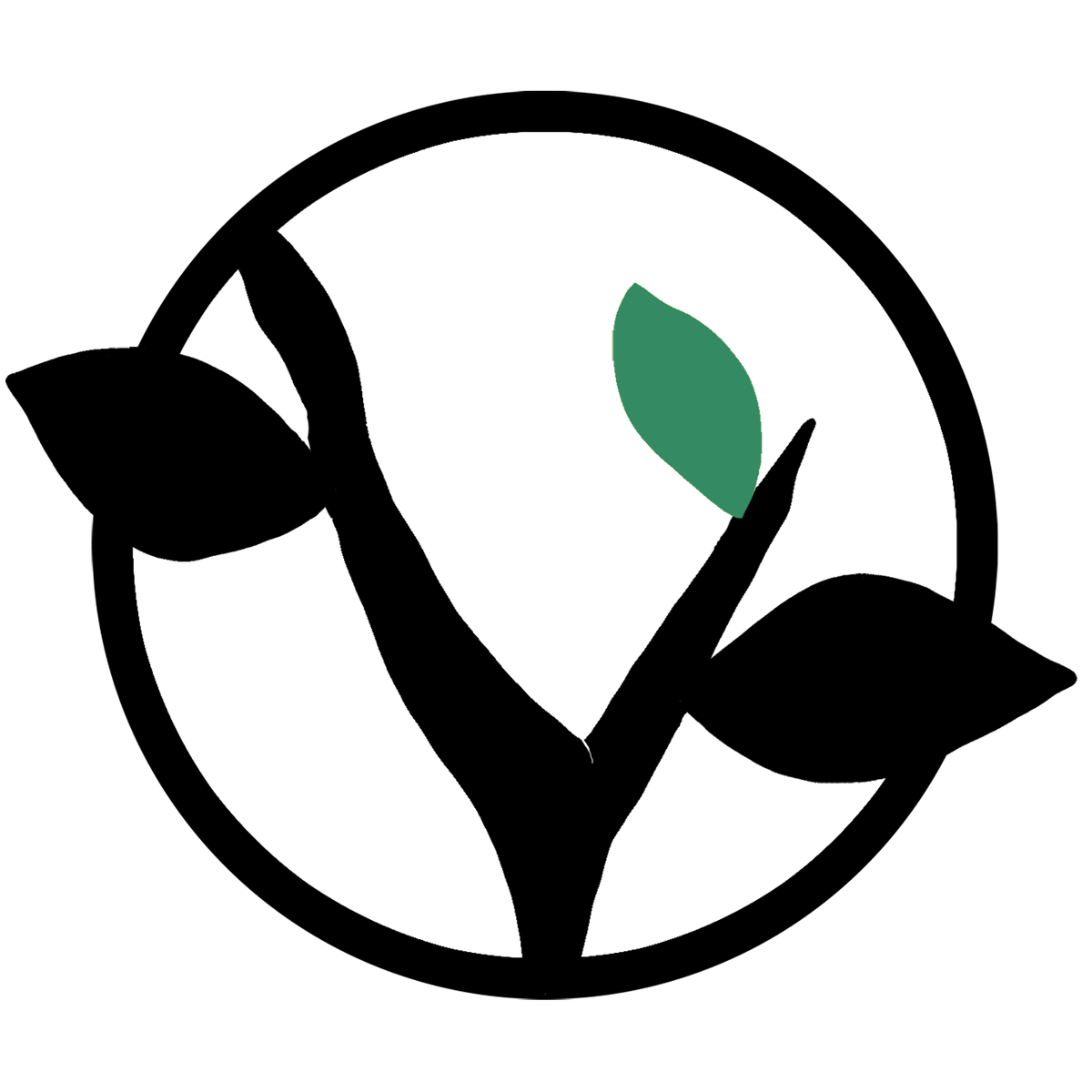Creativity and Diversity
Thomas Friedman said something the other day where I found myself nodding in agreement. It was nice because I don’t often agree with him. In the context of an essay supporting an Islamic cultural and recreational center in Lower Manhattan he invokes the legacy of Broadway.
It wasn’t just the great performances of Audra McDonald, Nathan Lane, Idina Menzel, Elaine Stritch, Karen Olivo, Tonya Pinkins, Brian d’Arcy James, Marvin Hamlisch and Chad Kimball, or the spirited gyrations of the students from the Joy of Motion Dance Center and the Duke Ellington School of the Arts performing “You Can’t Stop the Beat” — it was the whole big, rich stew. African-American singers and Hispanic-American dancers belting out the words of Jewish and Irish immigrant composers, accompanied by white musicians whose great-great-grandparents came over on the Mayflower for all I know — all performing for America’s first black president whose middle name is Hussein.
The show was so full of life, no one could begrudge Elaine Stritch, 84, for getting a little carried away and saying to Mr. Obama, seated in the front row: “I’d love to get drunk with the president.”
Feeling the pulsating energy of this performance was such a vivid reminder of America’s most important competitive advantage: the sheer creative energy that comes when you mix all our diverse people and cultures together. We live in an age when the most valuable asset any economy can have is the ability to be creative — to spark and imagine new ideas, be they Broadway tunes, great books, iPads or new cancer drugs. And where does creativity come from?
Friedman cites a recent Newsweek article:
To be creative requires divergent thinking (generating many unique ideas) and then convergent thinking (combining those ideas into the best result).
I’m a big fan of Broadway because the music is so good. OK, maybe I’ve always had a crush on Elaine Stritch, too. But I often wonder why American culture travels so well all over the globe. Why is South Park, or Hannah Montana, or The Apprentice so popular in places that would seemingly have no reason to be interested? Friedman continues:
And where does divergent thinking come from? It comes from being exposed to divergent ideas and cultures and people and intellectual disciplines. As Marc Tucker, the president of the National Center on Education and the Economy, once put it to me: “One thing we know about creativity is that it typically occurs when people who have mastered two or more quite different fields use the framework in one to think afresh about the other. Intuitively, you know this is true. Leonardo da Vinci was a great artist, scientist and inventor, and each specialty nourished the other. He was a great lateral thinker. But if you spend your whole life in one silo, you will never have either the knowledge or mental agility to do the synthesis, connect the dots, which is usually where the next great breakthrough is found.”
I like this. And even though it’s kind of a no-brainer, it’s worth keeping in mind as the meaning of being an American is increasingly up for debate. What is of intense value is the collision of ideas. Allowing divergent views to be voiced and heard, to influence, does not mean abandoning core principles. Open debate and tolerance, curiosity for the other, spurs creativity, growth, and vitality. That has to be at the core of what makes American culture so resonant and captivating.
Grandma’s Arepas
Bringing divergent ideas together in order to create something new also makes for a great arepa.
UPDATE FROM SARDINIA: The chef who created those beautiful arepas requests a name check. She is none other than Marietta Drummond, ballet pianist, former manager of Old and New Dreams, one-time arts programmer at St. John The Divine, among so many, many other things. Thanks for all of that and more.

